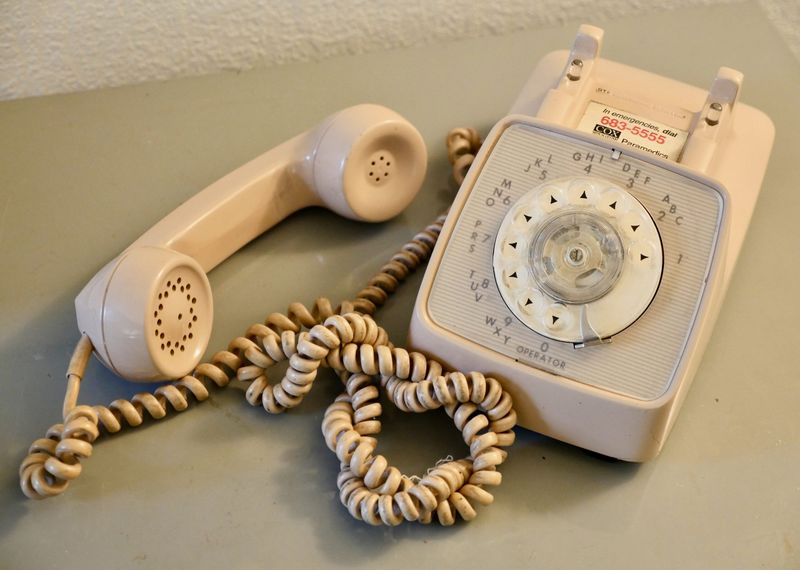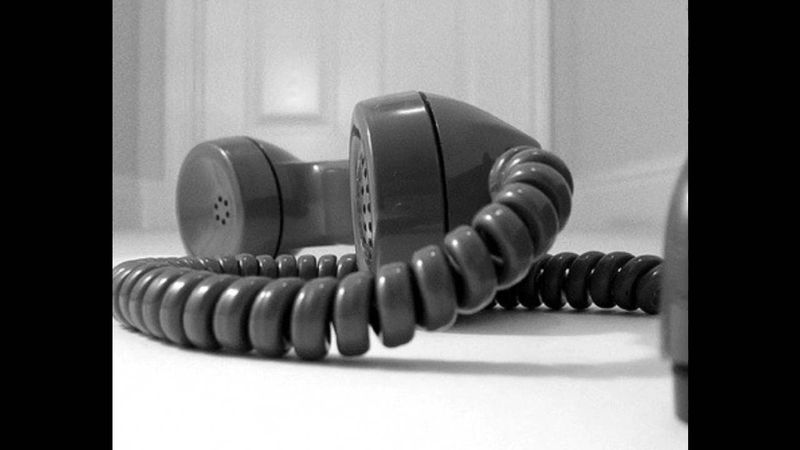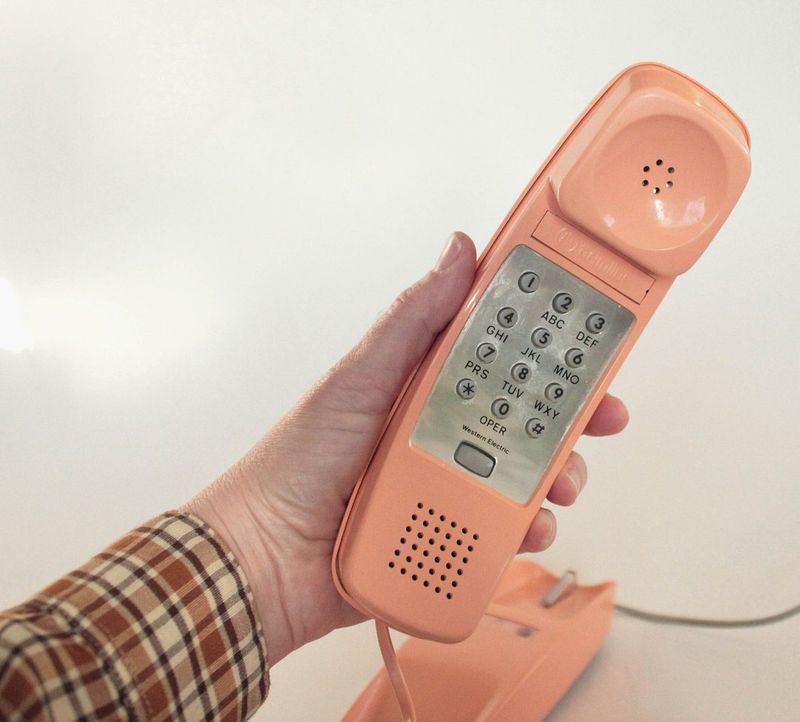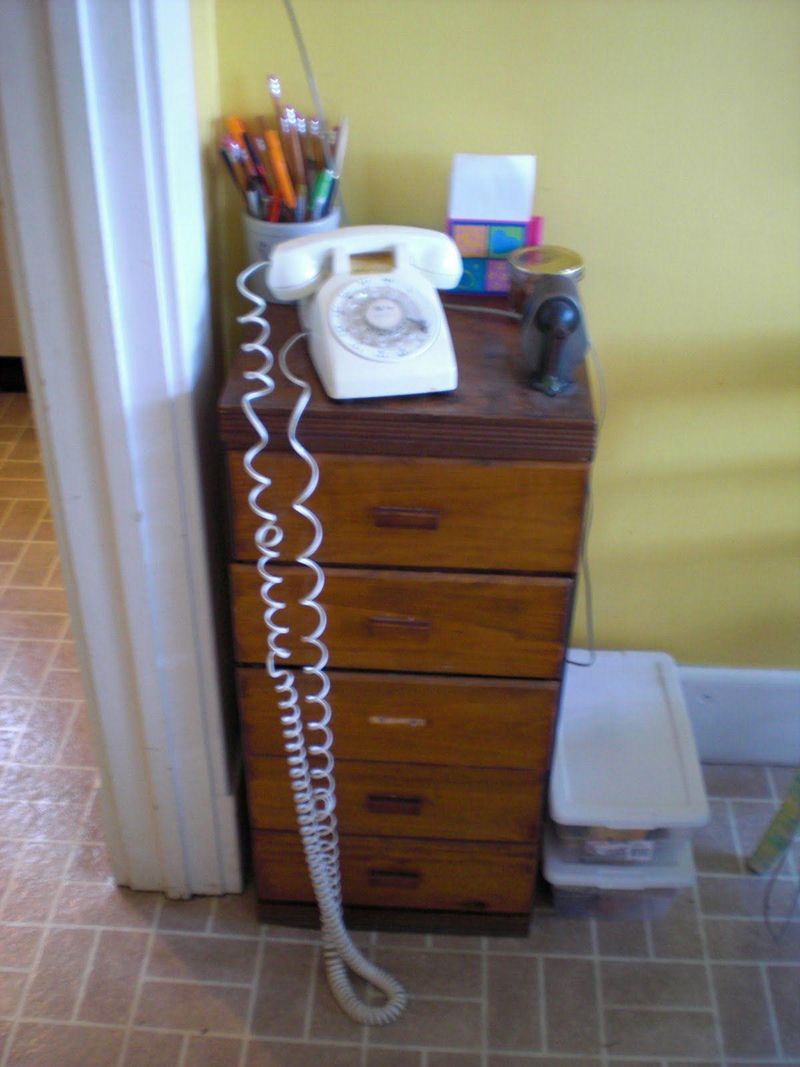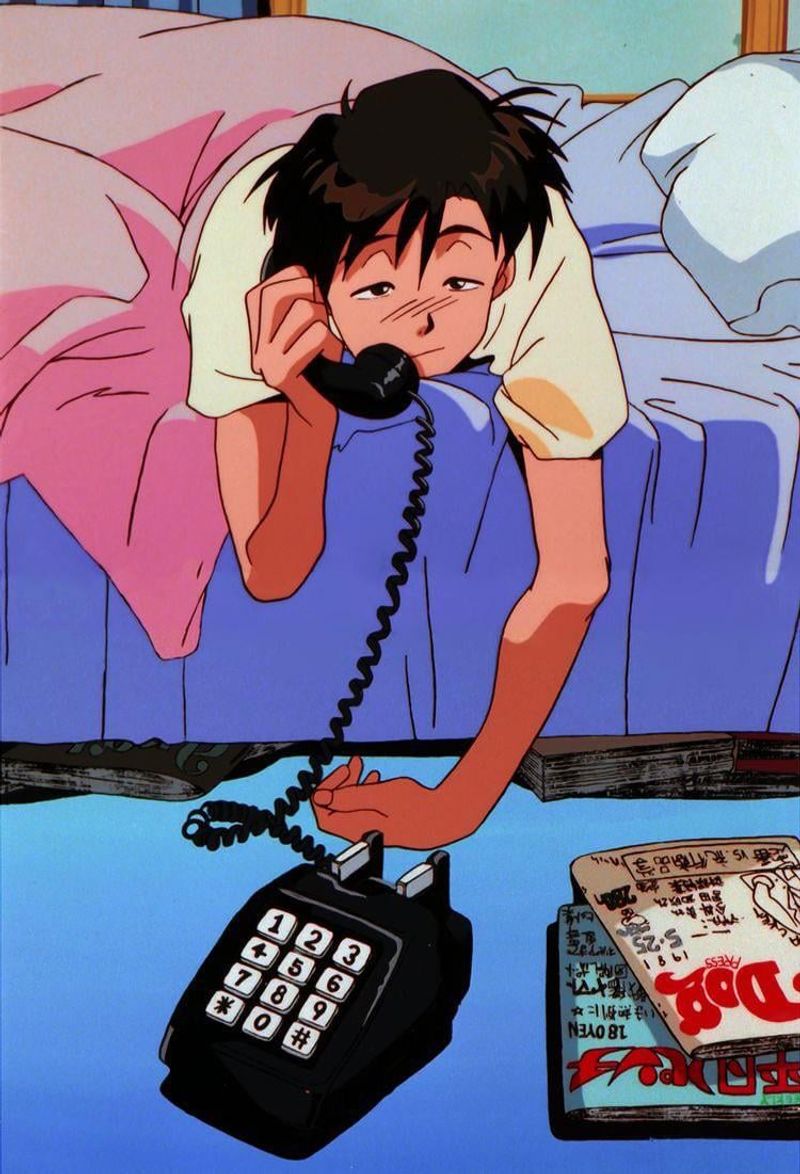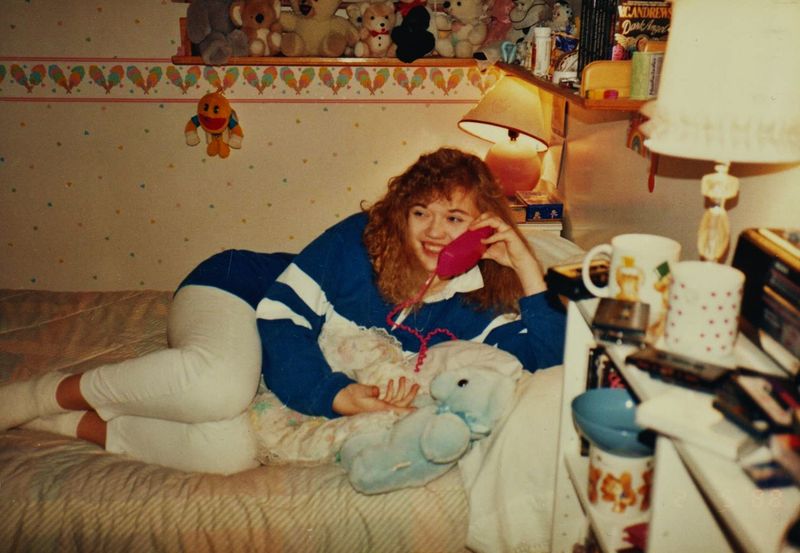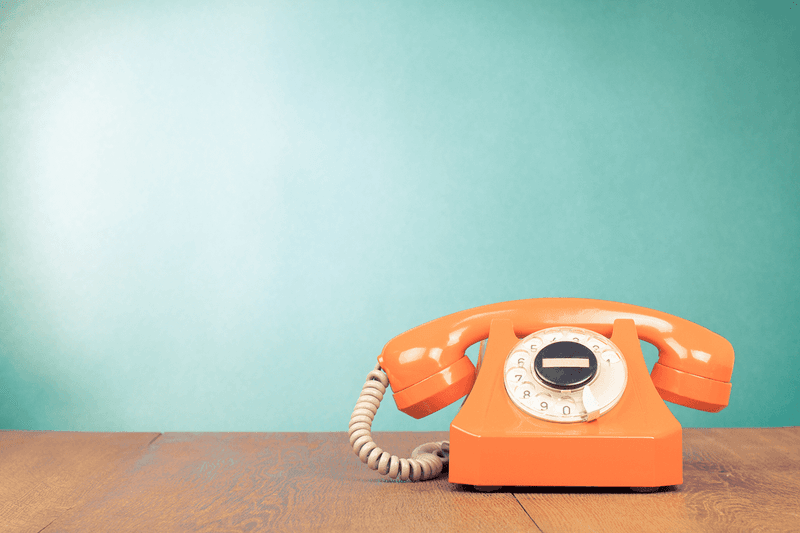The era of the ’80s and ’90s was a time when telecommunication revolved around the landline phone. Today, as we enjoy the convenience of mobile phones, we often forget the unique challenges faced by those who relied solely on landlines.
This blog post explores 16 specific struggles that will resonate with anyone who grew up during these decades, highlighting the humorous and sometimes frustrating aspects of using a landline.
From tangled cords to the busy signal, join us in reminiscing about these unforgettable experiences.
1. Tangled Cord Chaos
Remember the days when untangling the phone cord felt like solving a complex puzzle? With every call, the cord seemed to coil tighter, leaving you in a perpetual battle. Those long, curly cords were iconic, but they were also a source of constant frustration.
The more you used the phone, the worse it got. Eventually, you might have had to resort to spinning the receiver repeatedly, hoping to restore some order. Despite the hassle, these cords were a hallmark of the landline era, reminding us of simpler, albeit tangled, times.
2. The Busy Signal Dilemma
In a world where call waiting was a luxury, the busy signal was a common hurdle. Trying to reach a friend or family member often ended in disappointment, as you were greeted by that familiar, monotonous tone.
Patience was a necessity, and redialing became an art form. Each attempt was met with anticipation, hoping the line would finally clear.
This struggle taught us resilience and persistence, as we learned to navigate the limitations of landline communication. The busy signal is a nostalgic reminder of the challenges we faced in connecting with others.
3. Lack of Caller ID
Before caller ID became mainstream, every phone call was a mystery. Answering the phone felt like opening a surprise package, never knowing who might be on the other end.
This lack of information required a level of social bravery, as you had to be prepared for anything. Whether it was a telemarketer, a wrong number, or a friend, you learned to adapt quickly in conversations.
This struggle fostered a unique communication skill, as you navigated the unknown with each ring. While caller ID has simplified our lives, the thrill of the unknown is something to remember.
4. The Cord Length Limitation
The length of the phone cord determined your mobility during calls. If you were lucky, you had a long cord that allowed you to wander a bit, but often, you were tethered to a small radius.
This limitation meant conversations were confined to specific spots, usually within earshot of others. Privacy was a luxury, and sometimes, finding a corner to chat required acrobatics.
Despite these constraints, we managed to communicate, adapting to our environments creatively. The cord length challenge taught us to appreciate the freedom modern technology provides, even if it meant being a bit more stationary.
5. Getting a Busy Signal
The busy signal was a common frustration, especially when trying to reach someone important. Without call waiting, a busy line meant endless redial attempts and growing impatience.
The sound of the busy signal became synonymous with delay and anticipation, as you hoped for a clear line. This struggle required persistence and taught us to be patient in the face of technological limitations.
While modern advancements have made busy signals less common, the memory of that familiar tone is a reminder of the effort it once took to connect with others.
6. Dialing Mistakes
Rotary phones required precision and patience. One wrong turn, and you had to start over, which was especially frustrating for long numbers. The clicking sound as the dial spun back was both satisfying and nerve-wracking.
Mistakes were common, leading to a cycle of redialing and concentration. This struggle taught us the importance of patience and focus, as dialing became a skill to master.
Despite the challenges, there was something satisfying about completing a call successfully. Rotary dialing is a nostalgic reminder of the attention and care required to communicate in those days.
7. Shared Family Lines
In many households, the landline was shared among the entire family, leading to inevitable conflicts over phone time. Negotiating who got to use the phone and when was a common source of tension.
Privacy was scarce, as conversations could easily be overheard by others. Siblings often resorted to eavesdropping or interrupting, adding to the challenge. Despite these struggles, shared lines fostered a sense of community and taught us to compromise.
It was a time when family dynamics played out over the phone, and negotiating phone use became an essential life skill.
8. Waiting for a Call
Before the era of instant communication, waiting for a call was a test of patience. Whether anticipating a call from a friend or waiting for important news, the phone became a focal point of attention.
Each ring brought excitement and hope, but also the potential for disappointment if it wasn’t the desired call. This waiting game was a common experience, teaching us the value of patience and anticipation.
While modern technology has eliminated much of the waiting, the memory of sitting by the phone, hoping for it to ring, remains a vivid part of our past.
9. Phone Directory Dependence
Finding a phone number meant flipping through the hefty pages of a phone directory. Without digital contacts, memorizing numbers or writing them down was essential.
These directories were a staple in every household, filled with the contact information of local businesses and residents. The search could be tedious, but it was often the only way to find the number you needed.
This struggle taught us organizational skills and fostered a sense of independence, as we navigated the alphabetized listings. The phone directory is a symbol of the era when information wasn’t just a click away.
10. No Answering Machines
Before answering machines, missing a call often meant missing an opportunity. Voicemail was a rarity, leaving you to wonder who had called and why. This lack of message storage required one to be vigilant, always ready to answer.
The fear of missing important news or a social invitation added urgency to everyday life. This struggle emphasized the importance of being present and attentive.
While technology has since made it easier to retrieve missed messages, the anxiety of an unanswered call and the curiosity it sparked is something many of us remember vividly.
11. The Fear of Eavesdropping
Having multiple handsets in a household meant the risk of someone picking up another line to listen in. Privacy was never guaranteed, and conversations were often conducted in hushed tones to avoid eavesdroppers.
This added a level of intrigue and caution to phone conversations, as you never knew who might be listening. The fear of being overheard led to creative communication methods, like using code words or speaking in a whisper.
Despite the challenges, these experiences were a rite of passage, teaching us the importance of discretion and the value of privacy.
12. The Long Distance Dilemma
Long-distance calls were a significant financial consideration. Each minute counted, leading to concise conversations and the strategic use of call time. This struggle highlighted the value of communication, as every word spoken had a cost.
Families often reserved long-distance calls for special occasions or necessary updates, making each one significant. The anticipation of receiving a long-distance call added excitement but also a sense of urgency.
While today’s technology allows for seamless global communication, the memory of carefully planned long-distance calls reminds us of the cherished connections forged through these conversations.
13. The Hold Music Hassle
Being placed on hold often meant enduring repetitive, low-quality music or silence, testing your patience. The wait could feel interminable, especially when trying to resolve issues or obtain important information.
This struggle required endurance, as you waited for a human voice to return. Hold music became an almost comical backdrop to the mundane task of waiting, often leaving you humming tunes later.
While modern solutions have improved this experience, the memory of being on hold for what felt like forever is a shared experience among ’80s and ’90s kids.
14. Cordless Phone Envy
When cordless phones emerged, they represented freedom and mobility that many coveted. For those still tethered to corded phones, envy was inevitable. Watching others move freely while on a call highlighted the limitations of traditional landlines.
This struggle underscored the desire for innovation and convenience. Cordless phones were a symbol of progress, offering a glimpse into a more connected future.
While not everyone could afford this luxury, the aspiration for a cordless phone fueled a longing for change. Today, as we enjoy wireless communication, we can appreciate the roots of this evolution.
15. The Operator Assistance
Before the internet, contacting an operator for information or assistance was common. Whether you needed a number or had a question, the operator was your go-to resource.
This reliance on human help fostered a sense of community, as operators played a vital role in communication. The struggle lay in waiting for assistance and the potential for miscommunication.
Despite these challenges, operators provided a valuable service, connecting people in an analog world. The memory of relying on operator assistance is a testament to the human touch in communication, a contrast to today’s digital interactions.
16. The Post-Call Cradle Drop
Ending a call with a satisfying clatter as the phone hit the cradle was a unique experience. However, misjudging the drop could result in an awkward fumble, leading to repeated attempts.
This struggle was part of the ritual of landline use, adding a tactile element to communication. The act of placing the receiver back was a physical sign of conversation completion.
Despite the occasional fumble, this experience was a hallmark of landline use. While modern phones lack this tactile closure, the memory of the cradle drop is a nostalgic nod to the physicality of past communication.

